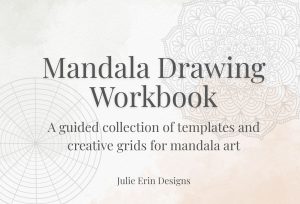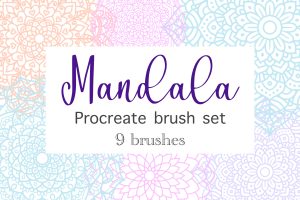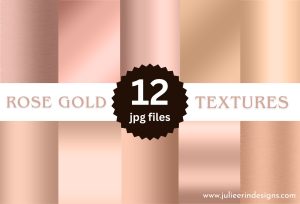If you’re an artist or graphic designer, selling your art through Amazon Merch on Demand can be worth it. Learn my top tips in this article.
Tips for Selling Your Art on Amazon Merch on Demand
read more
If you’re an artist or graphic designer, selling your art through Amazon Merch on Demand can be worth it. Learn my top tips in this article.
A list of common scams for artists to watch out for, and some tips and ideas on how to avoid getting scammed as an artist online.
I’m an digital artist, surface designer, and online educator from Vancouver, Canada.
I’ve sold thousands of physical and digital products worldwide through print on demand companies.
Through my online classes and blog, I teach other artists how to sell their own art online and turn their passions into a business they love.





